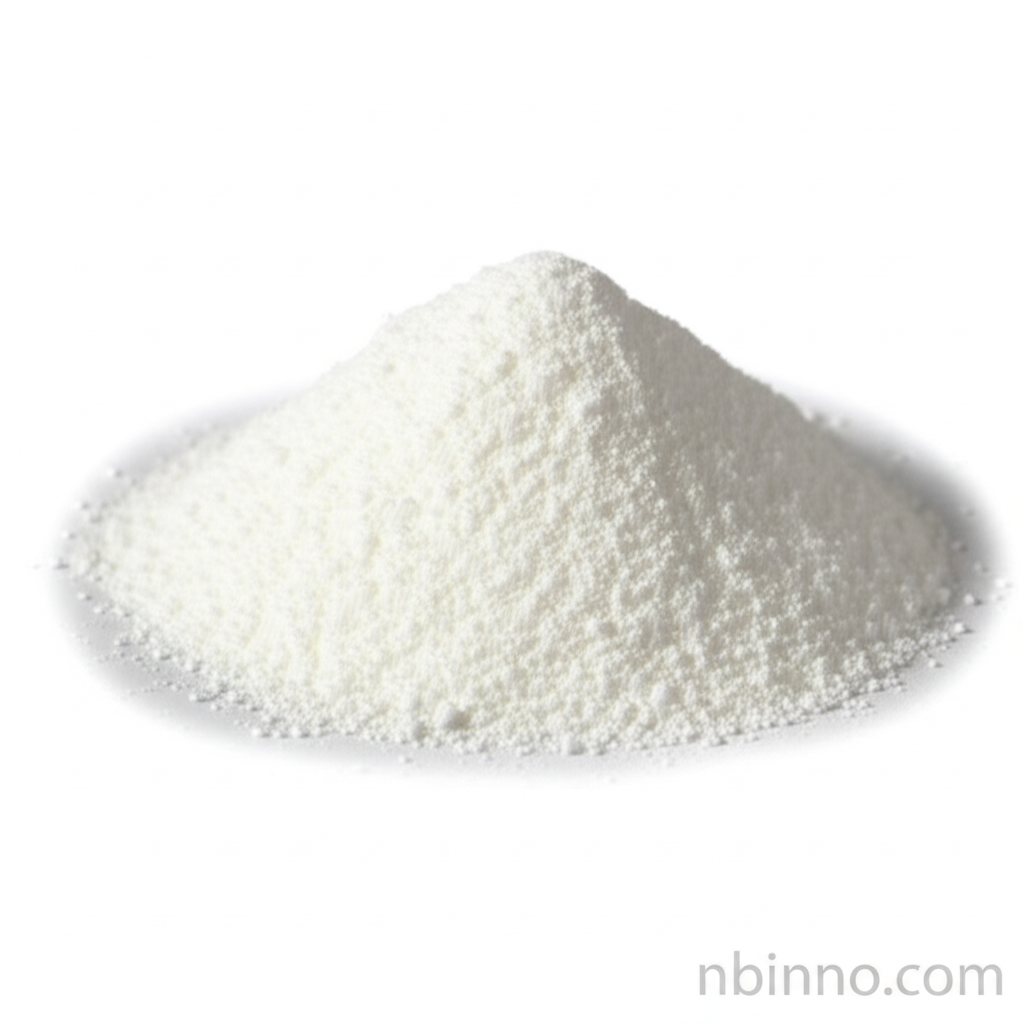Poly(N-isopropylacrylamide): Synthesis, Properties, and Advanced Applications
Exploring the cutting edge of thermoresponsive polymers, this article delves into the synthesis, characteristics, and diverse applications of Poly(N-isopropylacrylamide) (PNIPAM), a material revolutionizing fields from drug delivery to tissue engineering.
Get a Quote & SampleProduct Core Value

Poly(n-isopropyl acrylamide)
Poly(N-isopropylacrylamide) (PNIPAM) is a synthetic polymer renowned for its unique temperature-responsive properties, making it a key component for advanced biomaterials and smart technologies. We offer high-quality PNIPAM as a reliable supplier in China, enabling innovative solutions across various industries.
- Explore the synthesis of PNIPAM using controlled polymerization techniques like ATRP and RAFT, allowing for precise control over molecular architecture.
- Understand the crucial role of the Lower Critical Solution Temperature (LCST) in PNIPAM's thermoresponsive behavior, enabling applications in drug delivery and smart surfaces.
- Discover how PNIPAM's tunable properties are leveraged in advanced tissue engineering scaffolds for regenerative medicine.
- Learn about the diverse applications of PNIPAM in biosensing and bioimaging, facilitating real-time monitoring of biological processes.
Advantages Offered by Poly(N-isopropylacrylamide)
Tunable Thermoresponsiveness
The inherent ability of PNIPAM to exhibit a reversible phase transition near physiological temperatures is central to its utility in creating smart materials and responsive drug delivery systems, a key aspect of its thermoresponsive polymers applications.
Biocompatibility and Versatility
PNIPAM's biocompatibility and adaptability make it suitable for a wide array of biomedical applications, from implantable devices to advanced cell culture substrates, aligning with the needs of modern tissue engineering.
Controlled Synthesis and Architecture
Utilizing advanced polymerization methods allows for precise control over PNIPAM's structure, leading to materials with tailored properties for specific scientific research and development needs.
Key Applications
Drug Delivery Systems
Leveraging PNIPAM's LCST polymers for drug delivery, researchers develop advanced systems for targeted and controlled release of therapeutic agents, especially in cancer treatment.
Tissue Engineering Scaffolds
The development of PNIPAM hydrogels in tissue engineering provides innovative scaffold-free solutions for regenerative medicine, promoting tissue growth and repair.
Smart Surface Design
Creating smart polymer surfaces for cell culture using PNIPAM facilitates controlled cell adhesion and detachment, crucial for bioanalysis and bioseparation.
Biosensing and Bioimaging
The thermoresponsive nature of PNIPAM enables its use in developing advanced biosensors and bioimaging agents for disease monitoring and diagnostics.
